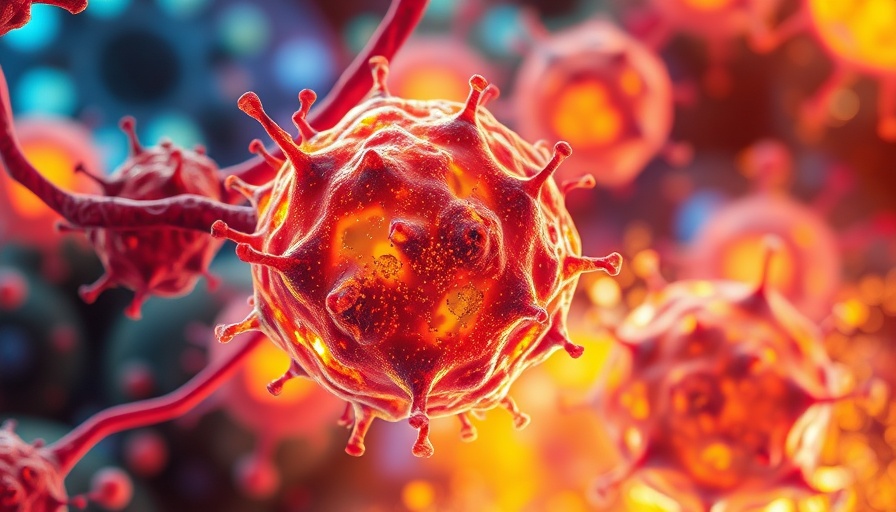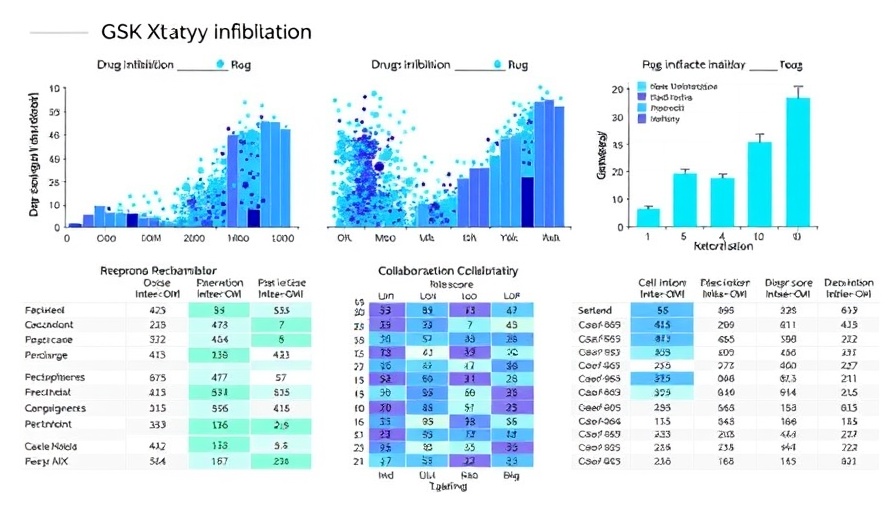
The Role of Elavl1 in Limb Development Explained
The Elavl1 gene, also known as HuR, is a critical RNA-binding protein involved in diverse cellular processes. Recent research focusing on its role in embryonic limb development has yielded intriguing insights. Findings indicate that the deletion of Elavl1 in limb mesenchyme in mice does not disrupt skeletal morphogenesis. This suggests that other compensatory mechanisms may exist to support normal limb development despite Elavl1's deletion.
Understanding RNA-Binding Proteins in Development
RNA-binding proteins like Elavl1 are essential for regulating RNA stability and metabolism in all eukaryotic organisms. They play pivotal roles in various developmental processes and are fundamental for maintaining cellular homeostasis. Elavl1 helps stabilize specific mRNA molecules by interacting with AU-rich elements, directly impacting gene expression crucial for development. When studying cellular rejuvenation, understanding proteins such as Elavl1 can illuminate mechanisms behind stem cell therapies and regenerative medicine.
Linking Elavl1’s Role to Cellular Health and Aging
Insights from this research contribute to a broader understanding of cellular health, particularly in the context of aging and senescence. While Elavl1 may not be essential for limb development, the protein's functions in other tissues offer implications for anti-aging research. By ensuring the stability of key messenger RNAs, Elavl1 plays a role in processes like autophagy and mitochondrial function, both vital for rejuvenation strategies aimed at enhancing cellular vitality.
Implications for Regenerative Medicine
The study highlights the potential pathways for intervention in regenerative medicine. Given that loss of Elavl1 in other contexts does lead to lethality due to progenitor cell loss, therapeutic strategies utilizing RNA-binding proteins could pave the way for improved cellular repair mechanisms. For those interested in cellular rejuvenation, understanding how proteins like Elavl1 regulate stem cell potency can unlock opportunities for treatments aimed at reversing senescence.
The Future of Cellular Repair Strategies
Future research should focus on the intricate mechanisms through which Elavl1 influences cellular pathways responsible for aging and cellular health. As scientists continue to explore cellular repair techniques and anti-aging therapies, identifying key players like Elavl1 can inform the development of novel NAD+ boosters and stem cell therapies that fine-tune cellular rejuvenation processes. The potential applications of these findings are vast, pushing the boundaries of regenerative medicine.
For health-conscious individuals eager to harness the benefits of cellular rejuvenation, understanding the role of proteins like Elavl1 could be instrumental in fostering long-term vitality and energy. Staying informed on such developments allows individuals to align their health journeys with emerging science.
 Add Row
Add Row  Add
Add 




 Add Row
Add Row  Add
Add 


Write A Comment